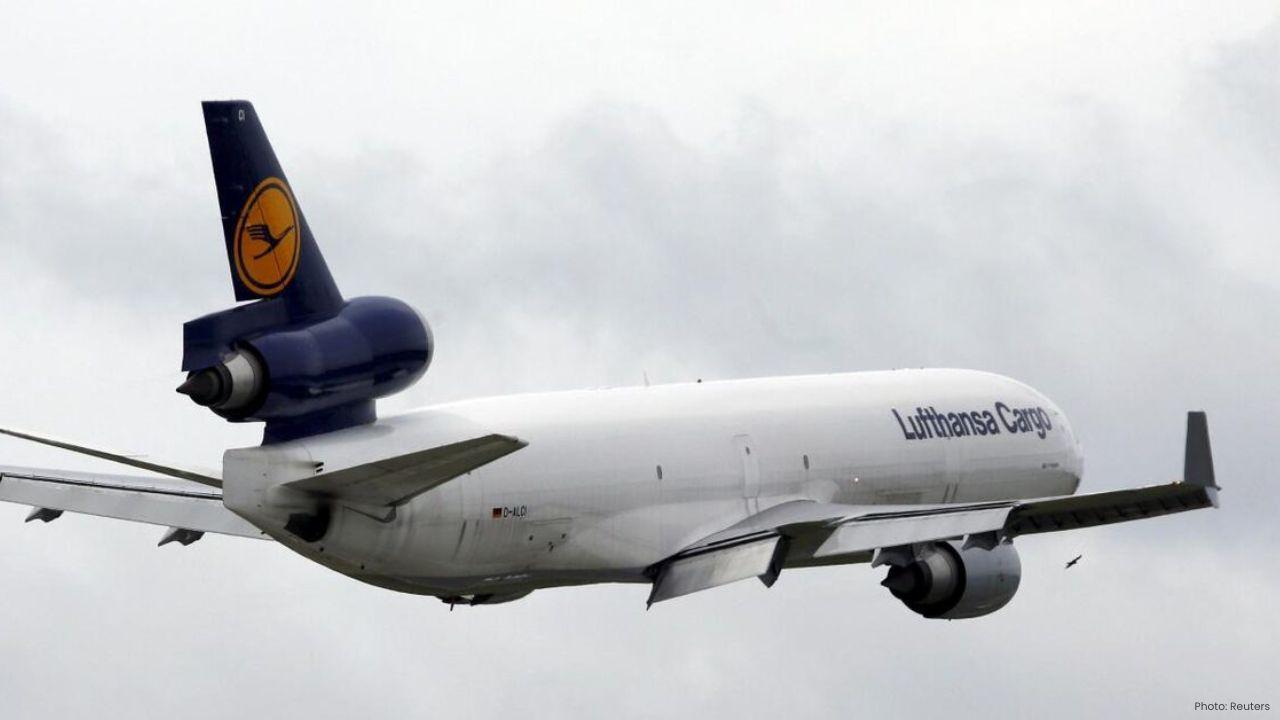
Post by : Meena Rani
In August 2025, global air cargo spot rates dropped for the fourth month in a row. On average, rates fell to $2.55 per kilogram, marking a 3% decrease compared with the same month last year. The continued decline in these rates highlights a period of uncertainty in the international air freight market. While cargo demand has grown in some regions, fluctuations in trade, changes in shipping routes, and economic pressures have combined to create a more complex market environment.
Analysts point out that this drop does not necessarily indicate a slowdown in global trade. Instead, it reflects the evolving logistics patterns and the challenges facing airlines and shippers as they adjust to shifting market conditions.
E-Commerce Drives Changes in Shipping Patterns
One major factor affecting air cargo rates is the changing pattern of e-commerce shipments. Traditionally, a large volume of goods shipped by air moved from China to the United States. However, with new U.S. trade regulations and the introduction of the de minimis ban, many of these shipments are now being redirected to Europe.
This shift has had a direct impact on spot rates because it changes the supply and demand balance for air cargo space on different routes. For example, routes from Southeast Asia to North America have seen the largest drops in rates, decreasing by more than 20% year-over-year to about $4.80 per kilogram. Similarly, rates from Northeast Asia to North America fell by 8% to $4.76 per kilogram.
The redirection of shipments and new trade rules have forced shippers to rethink their strategies. Businesses are increasingly using flexible logistics plans, including air freight for faster delivery and to manage the impact of tariffs, rather than relying solely on cost-saving methods such as ocean freight.
Currency Fluctuations Impact Reported Rates
Another factor contributing to the apparent decline in air cargo rates is currency exchange fluctuations. Over the past year, the U.S. dollar has weakened by about 4% against many other currencies. Because spot rates are often reported in U.S. dollars, this currency shift makes the rate decreases appear more significant than they might be in local currency terms.
This illustrates how international trade is affected not just by physical logistics but also by global financial conditions. Shippers and airlines must consider currency trends in addition to supply, demand, and trade regulations when planning their operations.
Rising Demand Amid Market Volatility
Despite the decline in rates, air cargo volumes actually grew by about 5% year-over-year in August. This growth is partly driven by the increasing need for faster deliveries, especially for e-commerce goods. Many companies are now prioritizing speed over cost, moving goods by air instead of the slower ocean freight option.
However, this demand growth exists alongside significant market volatility. Spot rates are not uniform, and they fluctuate widely depending on routes, regional demand, and seasonal factors. Industry experts caution that even though more cargo is being shipped, airlines may still face financial pressures due to uneven load factors and lower-than-expected rates.
Load Factors and Capacity Adjustments
Load factor is a key metric in the air cargo industry. It measures the percentage of available cargo space that is actually filled with goods. In August, the global dynamic load factor stood at 56%, showing a small decline from last year.
This figure suggests that while airlines are seeing growth in shipments, they are also adjusting capacity to match changing demand. Some airlines have increased cargo space on high-demand routes, while reducing capacity on slower routes. These adjustments help airlines maintain efficiency but also contribute to variations in spot rates.
Regional Differences in Spot Rates
Air cargo rates vary significantly between regions, reflecting differences in demand, supply, and trade regulations. Routes from Southeast Asia to North America, for example, have seen the steepest declines in spot rates due to the rerouting of e-commerce shipments and tariff changes. Meanwhile, European routes have seen a more moderate decline, partially because of increased demand for goods from Asia redirected to European markets.
This regional variation shows the complexity of the air cargo market. Businesses shipping goods internationally must be aware of these differences and adapt their logistics strategies accordingly.
Shippers Adapt Strategies Amid Uncertainty
In response to these challenges, many shippers are adopting flexible strategies. Speed and reliability have become more important than ever, especially for e-commerce and time-sensitive goods. Air freight, despite being more expensive than ocean freight, is increasingly preferred because it allows companies to deliver products quickly and meet customer expectations.
Some shippers are also diversifying their transportation options, using a combination of air, ocean, and rail freight to balance costs and delivery speed. This approach reflects a broader trend in logistics where businesses must be agile and ready to respond to regulatory changes, currency shifts, and fluctuating demand.
Economic and Trade Policies Influence the Market
Government regulations and trade policies continue to play a major role in shaping the air cargo market. The U.S. de minimis ban has significantly affected shipping patterns, particularly for small e-commerce parcels. Other regions are also introducing measures that impact tariffs and trade flows, which in turn influence the cost and availability of air cargo services.
The combination of regulatory changes, economic uncertainties, and global trade shifts creates a challenging environment for airlines and shippers. Adapting to these changes requires careful planning, market analysis, and flexibility in logistics operations.
Industry Outlook and Future Trends
Looking ahead, the air cargo industry is expected to continue facing challenges. Market volatility, currency fluctuations, and evolving trade regulations are likely to influence spot rates and demand patterns in the coming months.
Experts stress the importance of strategic planning and adaptability. Airlines must optimize capacity and route planning, while shippers need to consider alternative routes and transportation methods to ensure timely and cost-effective delivery.
While the market shows some uncertainty, the underlying demand for air cargo remains strong, especially in sectors like e-commerce, pharmaceuticals, and high-value goods. Businesses that monitor trends, understand regional variations, and remain flexible will be better positioned to navigate the complex global air cargo landscape.
Air Cargo, Spot Rates, Global Trade, E-Commerce, Tariffs, Currency Fluctuations



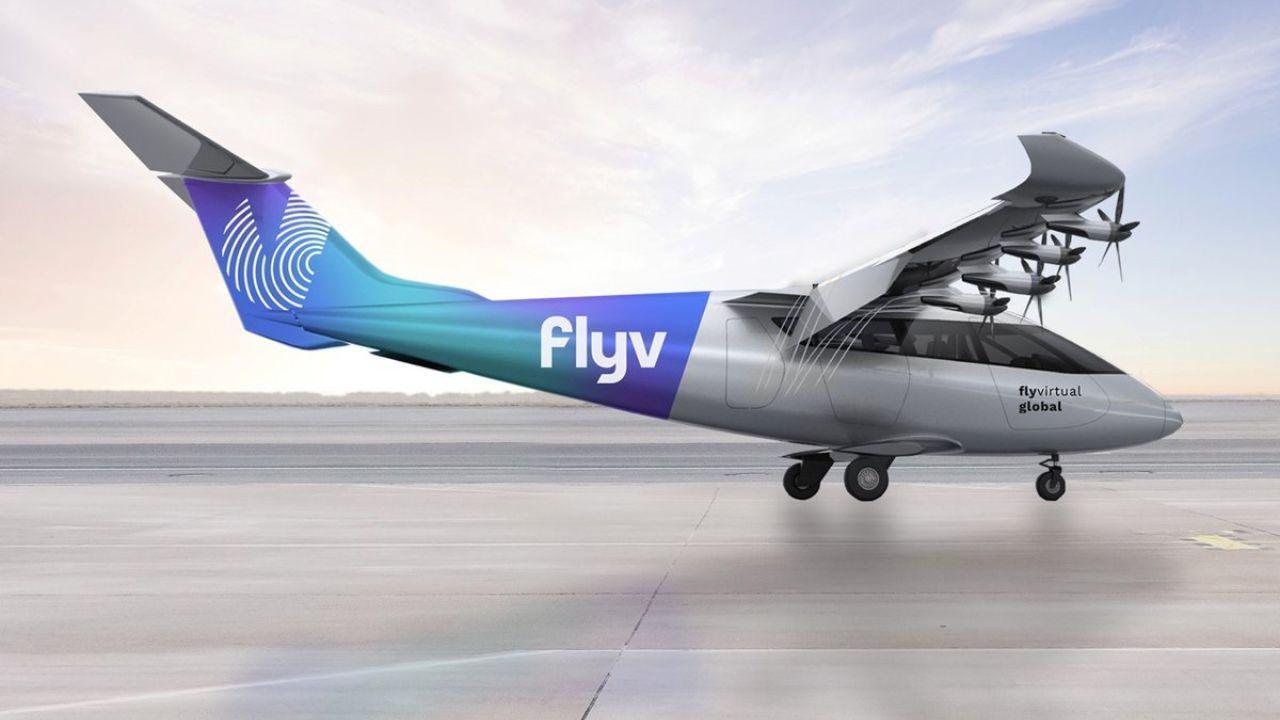
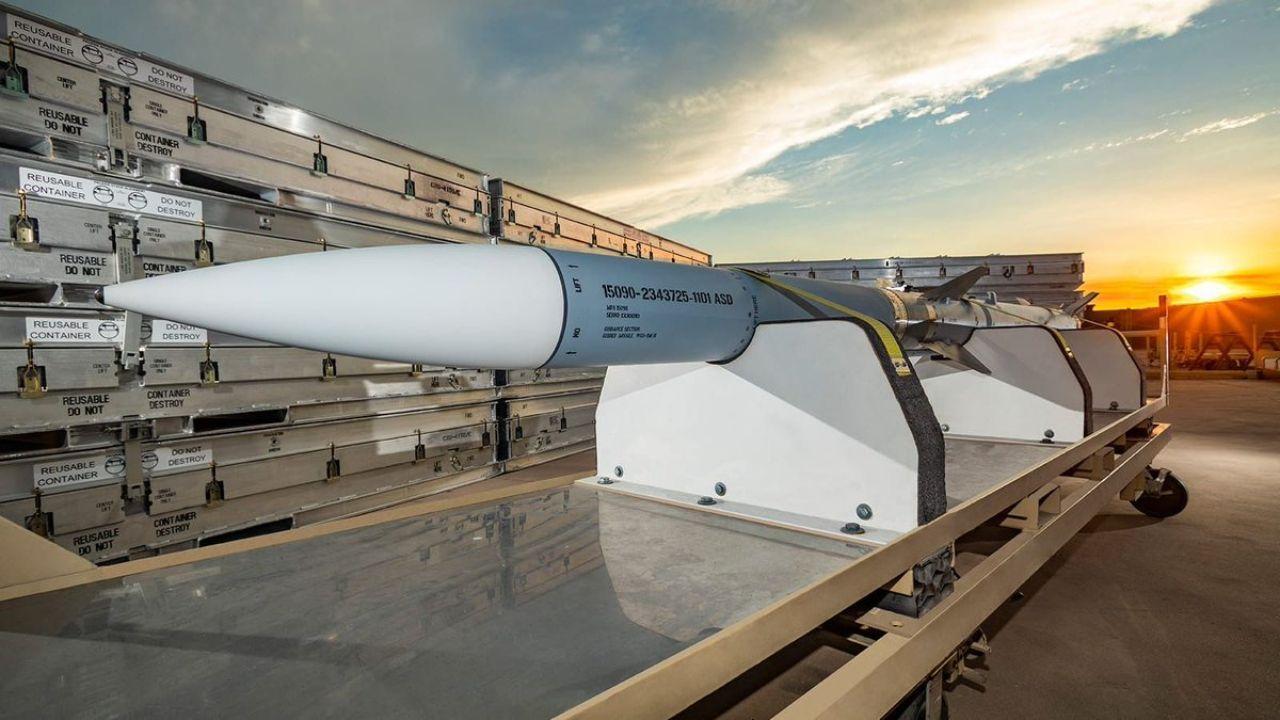
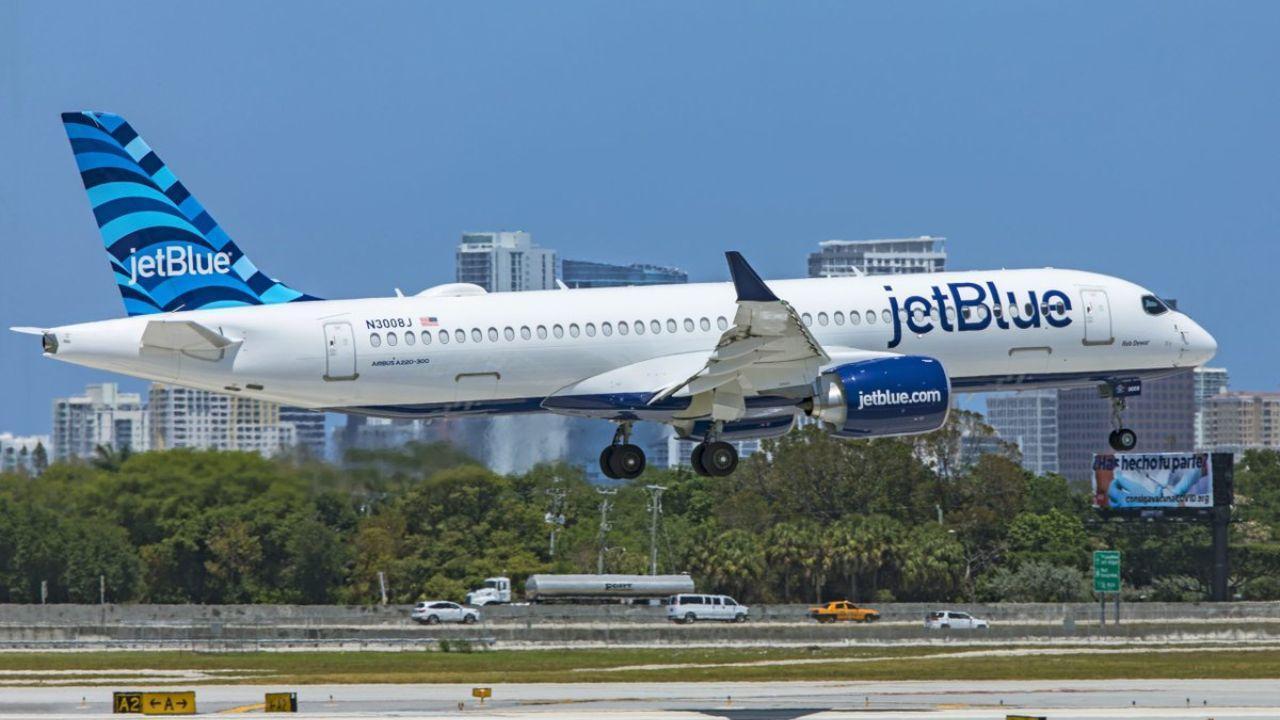
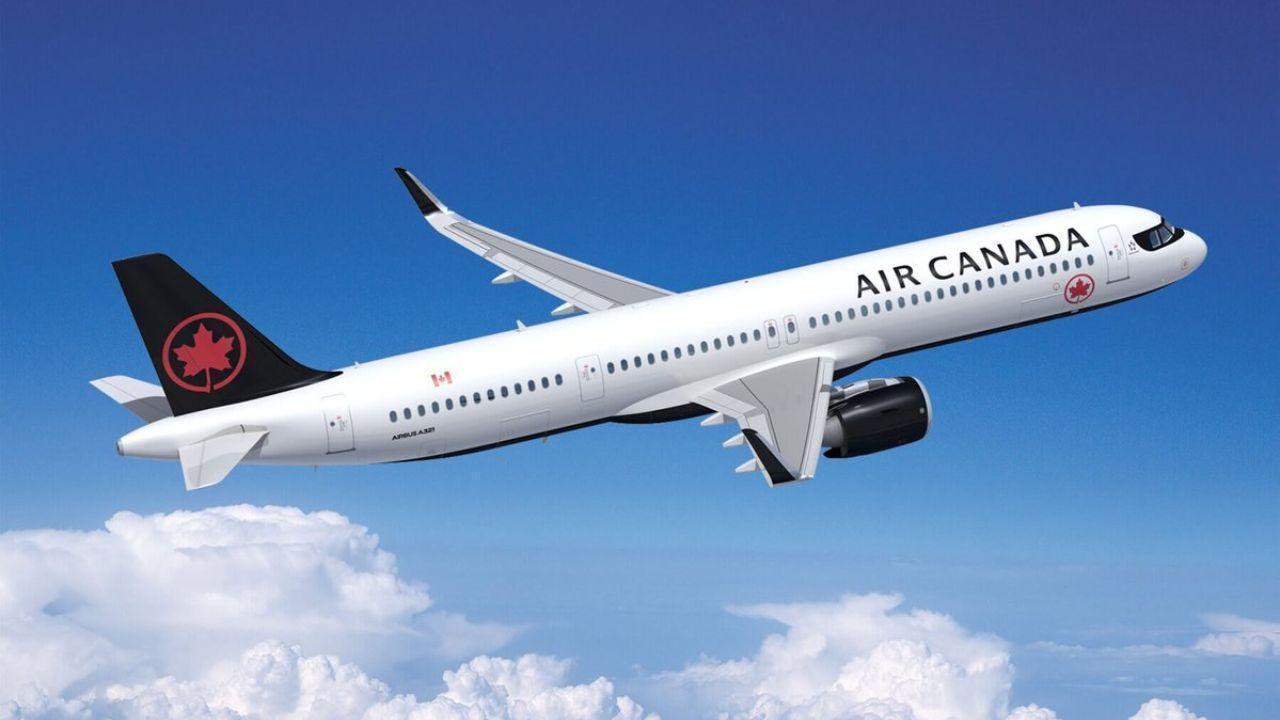



Vande Bharat Passenger’s Spitting Incident Sparks Nationwide Debate
A passenger spitting on the Vande Bharat Express floor sparks online debate on civic sense cleanline

OnTrac Introduces Ground Essentials Service for Affordable and Reliable Shipping
OnTrac launches Ground Essentials a new service offering cost-effective parcel delivery with up to 3
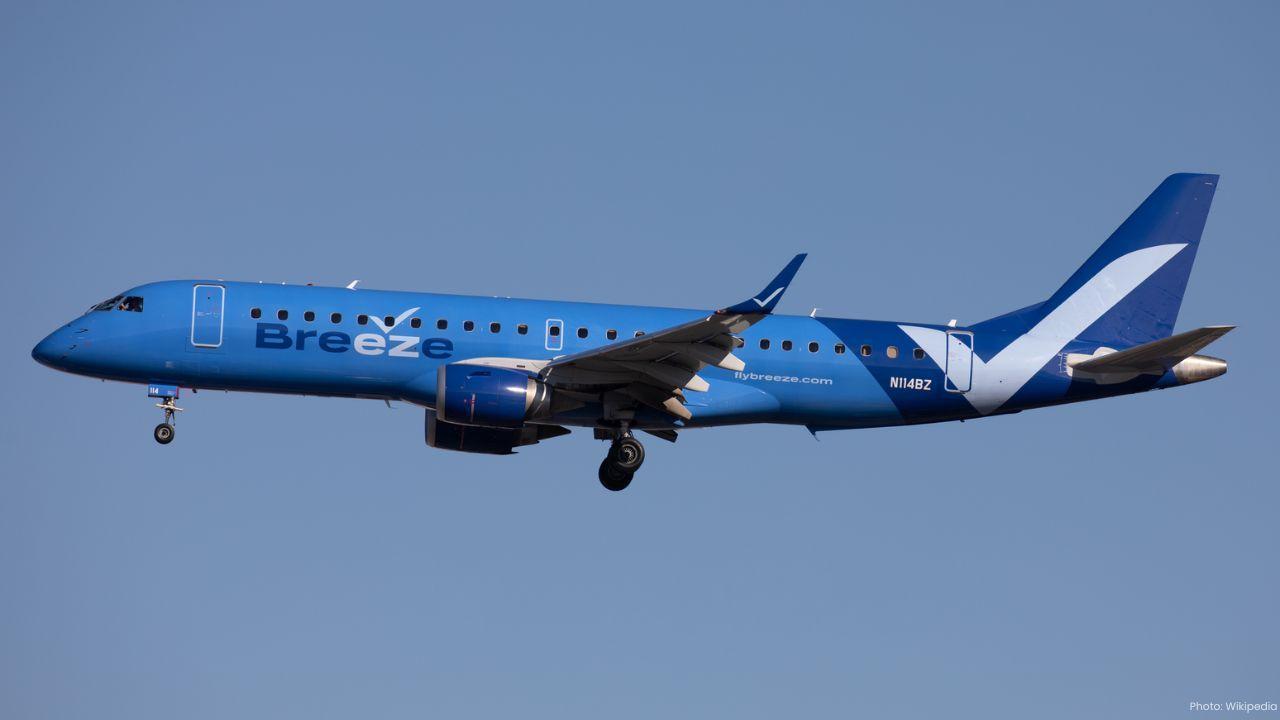
Breeze Airways Earns Five-Star Status as North America's Top Airline
Breeze Airways achieves a five-star rating marking it as North America's leading major airline for 2

Royal Enfield Cuts Prices on 350cc Bikes After GST Rate Reduction
Royal Enfield reduces prices on 350cc motorcycles from September 22, 2025, following GST rate cuts,

Viva ACP Boosts Bus Safety with Strong Lightweight Aluminium Panels
Viva ACP’s panels make buses safer lighter and stronger—saving energy and protecting passengers with

Steelpaint’s Stelcatec Coating Gets UK Rail Approval
Steelpaint’s Stelcatec coating approved by UK Network Rail for durable, fast, and effective protecti